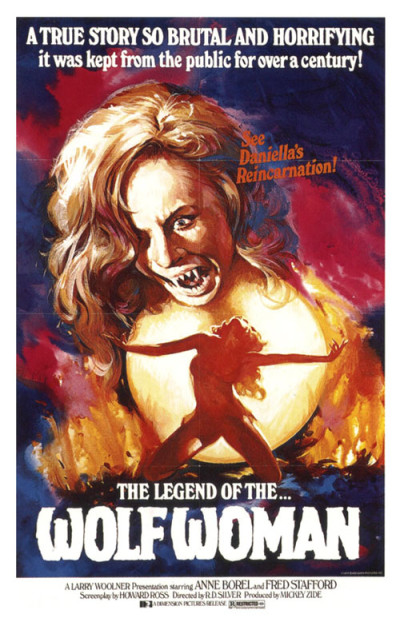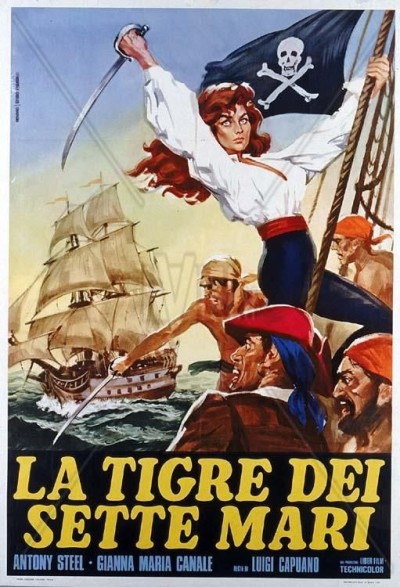★★★
“The first action heroine?”
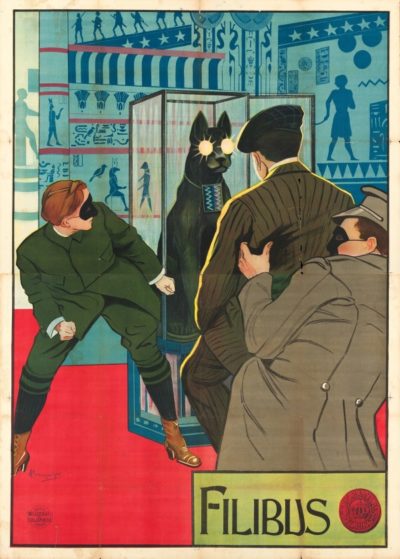 Ladies and gentlemen, we appear to have a new record holder for the earliest action heroine feature film. Dating from all the way back in 1915, and thus pipping Joan the Woman by a year, comes this silent Italian movie. It’s about Filibus (Creti), an infamous thief whose exploits have become legendary, to the extent that one of her victims offers a large reward for her capture. Filibus, in one of her alternate identities, Baroness Troixmonde, visits the victim, asking if she can put her amateur investigation skills to the test. There, she meets Detective Kutt-Hendy (Spano), who is on her trail, and decides she’s going to frame him for her crimes. Drugging him, she obtains his fingerprints, and uses these as some of the evidence against Kutt-Hendy, implicating him in the theft of a pair of valuable diamonds.
Ladies and gentlemen, we appear to have a new record holder for the earliest action heroine feature film. Dating from all the way back in 1915, and thus pipping Joan the Woman by a year, comes this silent Italian movie. It’s about Filibus (Creti), an infamous thief whose exploits have become legendary, to the extent that one of her victims offers a large reward for her capture. Filibus, in one of her alternate identities, Baroness Troixmonde, visits the victim, asking if she can put her amateur investigation skills to the test. There, she meets Detective Kutt-Hendy (Spano), who is on her trail, and decides she’s going to frame him for her crimes. Drugging him, she obtains his fingerprints, and uses these as some of the evidence against Kutt-Hendy, implicating him in the theft of a pair of valuable diamonds.
There’s a lot of remarkably cool stuff here, considering the era, such as the airship by which Filibus travels, allowing her to drop silently into any desired location. Kutt-Hendy does his best to catch his target, e.g. using a tiny hidden camera to catch her in the act. But she always manages to be one step ahead of him: with the aid of some more drugs and her minions, the gadget only catches the detective apparently red-handed (right). Kutt-Hendy begins to believe he may actually be Filibus himself, visiting a doctor who wonders if his patient may be committing crimes in his sleep. The tables are eventually turned after the cop figures out how to stop being left unconscious. However, Filibus has the last laugh, escaping and leaving a note that suggests they may meet again.
There had been earlier serials with female protagonists, such as 1914’s The Perils of Pauline, and also occasional movies, e.g. Protéa. with supporting characters who were “heroine adjacent” for want of a better phrase. But it feels as if Filibus could be transplanted wholesale into the modern era, with little or no modification. Indeed, the way she uses another alternate identity, Count de la Brive, to court Kutt-Hendry’s sister, Leonora (Ruspoli) has been seized upon enthusiastically by some, calling the heroine a champion of transgenderism, even though this plot thread never goes anywhere significant. It exists purely to get Filibus close to her target, and there’s no evidence her interest is genuine.
Let’s be clear though: if surprisingly modern in story, the production values on this are as primitive as you’d expect from the era. Production company Corona Film were a short-lived and low-budget studio, and compared to Joan, this is a considerably less impressive spectacle. You also never get any real sense of emotion from the lead actress: Creti was almost unknown, even at the time. This contrasts with Spano, who does act to good effect, particularly his angst at apparently being a criminal. It’s on YouTube, though you have to find your own subs for it, and it’s entirely silent there – I’d suggest providing your own soundtrack when viewing. But as an example of something that is arguably a century ahead of its time, it is worth a watch.
Dir: Mario Roncoroni
Star: Valeria Creti, Giovanni Spano, Filippo Vallino, Cristina Ruspoli





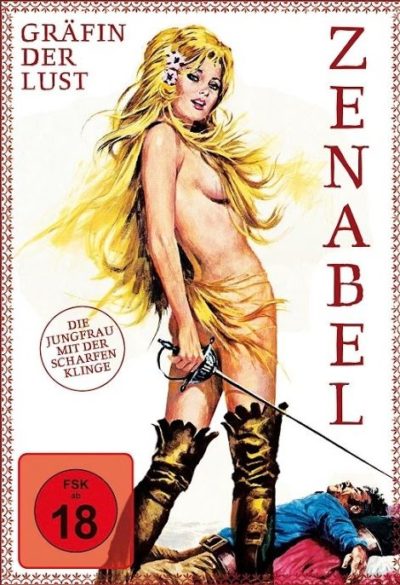 I’m not kidding. Director Deodato is best known as the man behind one of the most notorious of all “video nasties,” a film which created such a furore, he had to produce the actors to convince the Italian courts he hadn’t killed them. But in almost fifty years of work (he’s still active today), Deodato has done everything from spaghetti Westerns to science-fiction. And more than a decade before Holocaust, back in 1968, he directed this bawdy action-comedy.
I’m not kidding. Director Deodato is best known as the man behind one of the most notorious of all “video nasties,” a film which created such a furore, he had to produce the actors to convince the Italian courts he hadn’t killed them. But in almost fifty years of work (he’s still active today), Deodato has done everything from spaghetti Westerns to science-fiction. And more than a decade before Holocaust, back in 1968, he directed this bawdy action-comedy.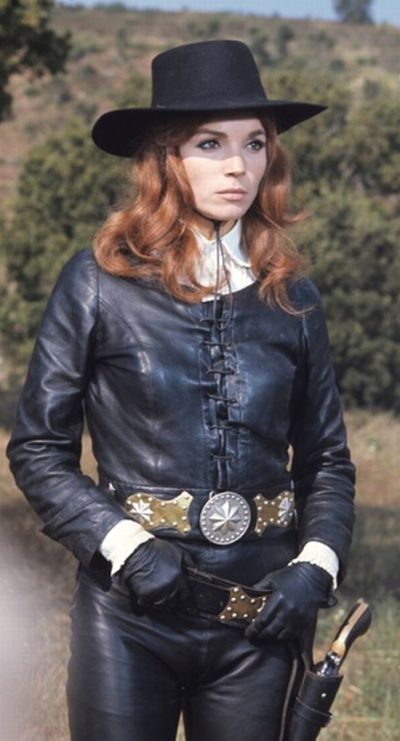 This is virtually unique, in being almost the only spaghetti Western with a female lead, and certainly unique in being the only one
This is virtually unique, in being almost the only spaghetti Western with a female lead, and certainly unique in being the only one 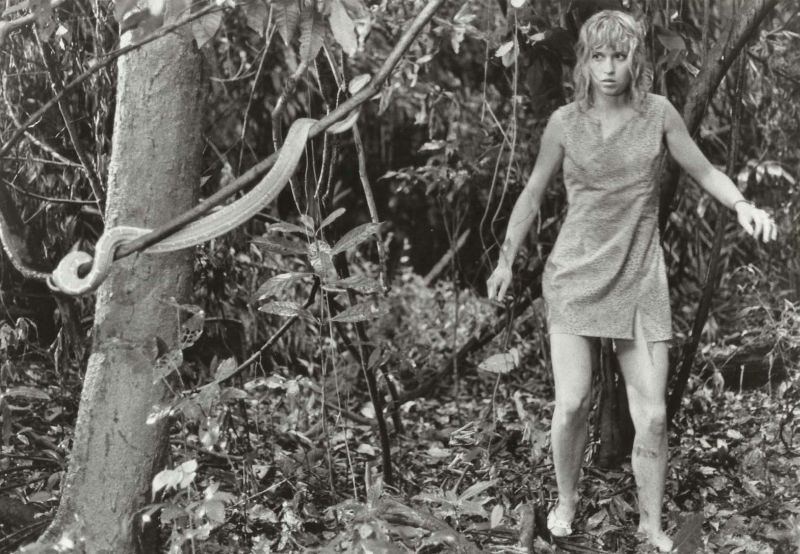 ★★½
★★½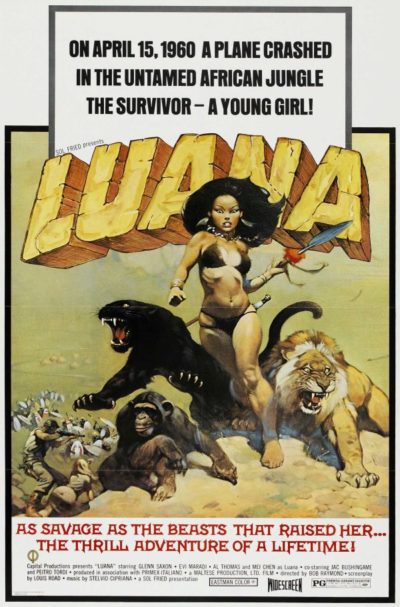 Despite a broad range of
Despite a broad range of 

